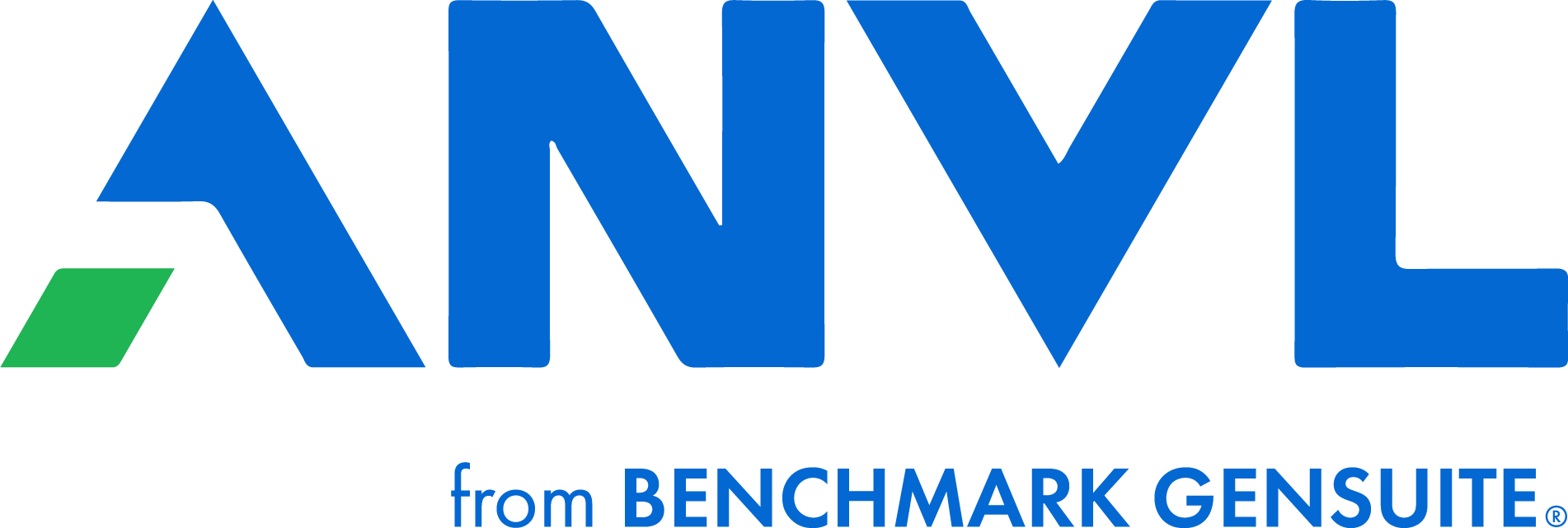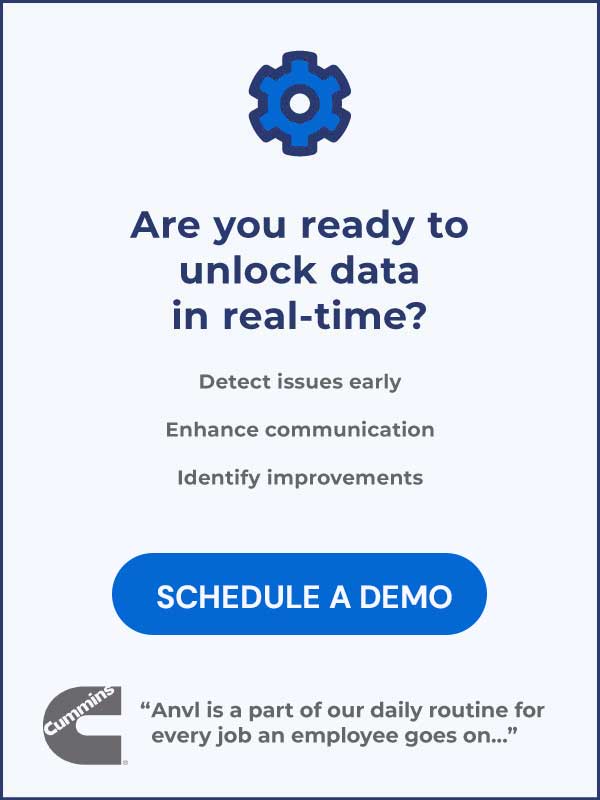In a fiercely competitive market, quality is a key indicator for success now, and in the future. It’s essential that in order to continue driving success, your processes for quality assurance are state-of-the-art. In particular, quality inspections are meant to ensure compliance across every product, and reduce the likelihood of quality defects and cost of quality overall. But, what happens when the quality inspections are not top notch? Here’s how to know if your quality inspection process health is as effective as you think:
Are your quality inspections data-driven?
Quality inspections should be driven by data, but what does that really mean? It’s more than looking at inspections completed over time, weeks after they’ve been completed. What’s important is leaders have insight to quality inspections that are happening in real-time on the floor. The ASQ states that some organizations have a COQ of up to 40 percent of its sales revenue. Poor quality in a company tends to be in the 10 to 15 percent range of sales revenue.
Earlier detection means faster improvement. And proactive process compliance assurance helps prevent defects before they occur, or to catch them at the earliest possible point, therefore reducing the overall cost of quality.
Are your quality processes focused on prevention?
By analyzing data effectively, decision makers can find and remedy potential quality problems before they manifest as troublesome defects in the end product. Preventing quality problems requires investment in quality management processes, and can bring an impressive ROI in terms of customer loyalty and sales, as well as not having to spend big bucks to remedy defective products and the problems they could cause.
Do employees complete quality inspections digitally?
The ideal quality solution can monitor conditions on the floor in real-time to better ensure that procedures are followed, workers are supported, and products and solutions offered are up to quality standards. Software can also support operational efficiency, increase productivity and ensure process compliance. Capturing this data and assessing the issues that are commonly faced can go a long way toward helping improve productivity as well as overall quality, and reduce the number of defects or issues that a product may face to increase overall customer satisfaction, and reduce internal and external failure costs.
Ensure Process Compliance with Anvl Quality Inspections
Quality leaders need to know what is happening in real-time. That’s why Anvl Quality Inspections help you standardize inspections with real-time guidance, data capture and in-the-moment alerts of nonconformance. To learn more about Anvl, click here and contact one of our experts today.



